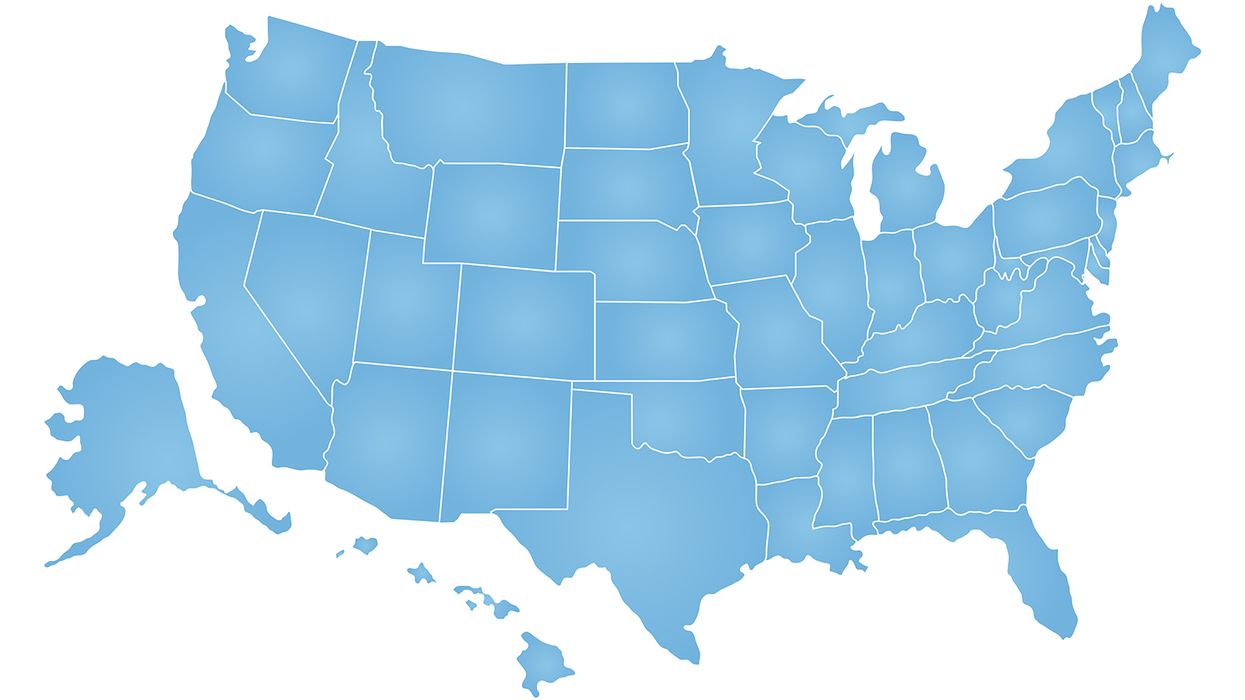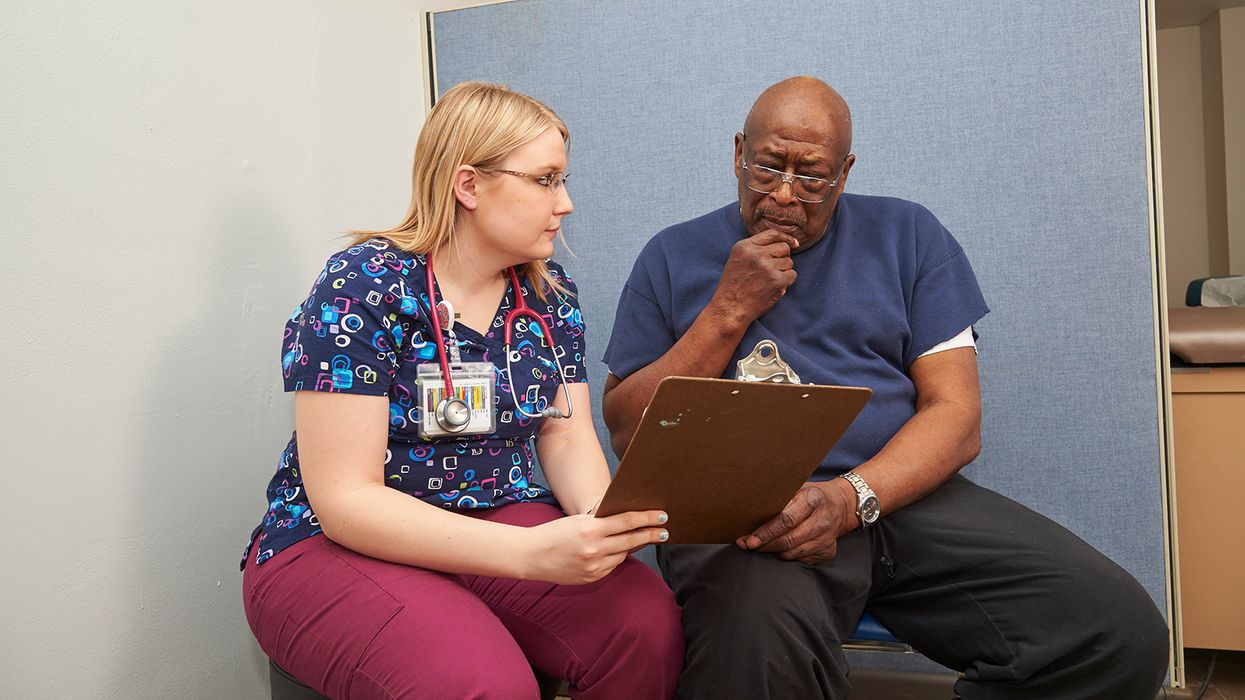Under the FMLA, there’s remote, and then there’s remote
Unless you’ve been on a deserted island for the past few years, you’ve likely heard a lot about remote workers. One detail you might have learned is that, for purposes of the Family and Medical Leave Act (FMLA), employees’ homes are not worksites for the employee eligibility criterion of working at a location with at least 50 company employees within 75 miles. But what about those employees who work outside the U.S.?
To illustrate
Richard worked for a global company. Employees worked in a variety of countries, including the U.S. When Richard received Gwen’s request for FMLA leave, he thought it would be a rather simple matter. She was going to be having a baby in a few months, and wanted some time off. Gwen, however, had been in the U.S. office for only five months, but had spent the previous two years in the China office. This, Richard thought, could complicate things.
Richard wondered if Gwen would be eligible for FMLA leave because of her short time in the U.S. He was familiar the general eligibility criteria, but had never thought of employees who worked for the company outside American borders. He had a bit of an FMLA mystery to solve.
Clues
Under the FMLA, employees are eligible for job-protected leave if they:
- Have worked for your company for at least 12 months,
- Worked at least 1,250 hours in the 12 months prior to leave, and
- Work at a site with at least 50 company employees within 75 miles.
There is no direct mention of employees working outside of the U.S. in the FMLA regulatory section on employee eligibility.
One clue to the mystery is found in the 1,250 hours worked eligibility criterion. For the definition of “hours worked” for FMLA purposes, one must refer to the Fair Labor Standards Act (FLSA). Under the FLSA, work performed outside the U.S. is excluded. Therefore, it is logical that hours worked outside the U.S. would not be included in the 1,250 hours worked for FMLA eligibility purposes.
Another clue is in the definitions section of the regulations. The definition of “eligible employee” indicates that it excludes anyone working in any country other than the U.S. or any Territory or possession of the U.S.
The regulations governing how to count employees to determine employer coverage also indicate that, to be covered by the FMLA, private employers must have at least 50 employees, and these include employees “…who are employed within any State of the United States, the District of Columbia, or any Territory or possession of the United States. Employees who are employed outside these areas are not counted for purposes of determining employer coverage or employee eligibility.” 29 CFR 825.105(b)
Based on that last sentence (and the FLSA information), you do not need to count employees’ time working outside the U.S. in the eligibility criteria, particularly the 1,250 hours and the 12 months. Therefore, Gwen wouldn’t be eligible for FMLA at least until she had performed 1,250 hours of work in the U.S.
Mystery solved?
Yes, the mystery is solved for the basics. One twist — because what’s a mystery without a twist — involves when employees work both inside and outside the U.S. within the same workweek. In that situation, you would count the time worked outside of the U.S. when it occurs during the same workweek the employee worked inside the U.S. You would consider a workweek as a “chunk” of time, and any time in a workweek covered by the FMLA makes all time worked that week covered under the FMLA.
Key takeaway: If you have employees working outside of the U.S., you need not include the time worked outside the borders toward the employee’s 12 months or 1,250 hours worked FMLA eligibility criteria.



















































